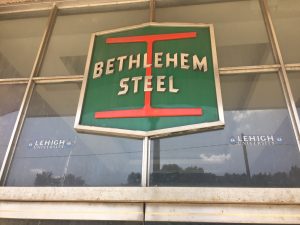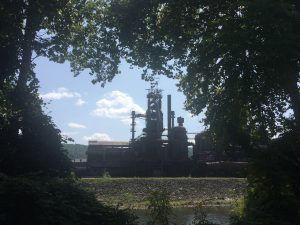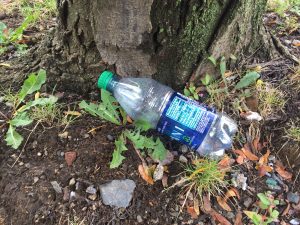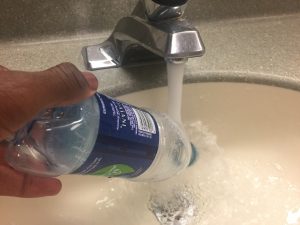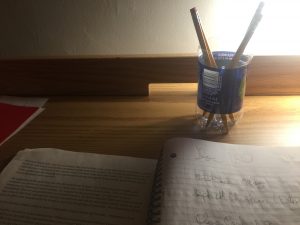Reading about some of the challenges Director Kirsten Johnson goes through helped me understand more about documenting. Specifically that there is a lot of thought and meaning that goes on before the production, details that directors need to keep in mind before filming. A few of the statements that caught my eye, one being able to leave a place she filmed and the other is not being able to provide much resources to the people in the films. With that, I think about how there are people in worse situations than me, living in areas where their needs aren’t being met. If I did documentary in impoverished areas, I would be faced with the same reality as her; that I want to help out but I’m not able to provide any assistance yet and in some cases could hamper with other’s assistance. So the best option for me is to present the people’s stories as accurately as possible, to not take advantage of their decision to be interviewed. This way I can be respectful in who I’m interviewing and make the film worth seeing.
The second statement is very similar to the first one. Johnson is able to leave the area when she’s done filming, a privilege that the villagers she films don’t have. I already know of this fact, but it’s something that should be thought about just as much. A thing I can take away from it is to try and place the perspectives of the people I’m interviewing directly in the film, avoid skewing what they say and provide a view that may not be observed before.

